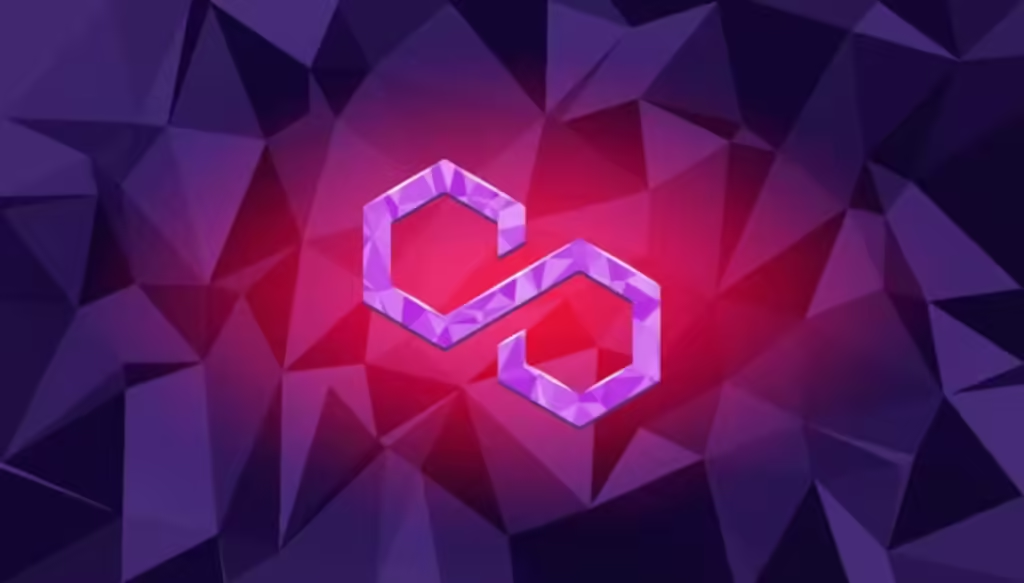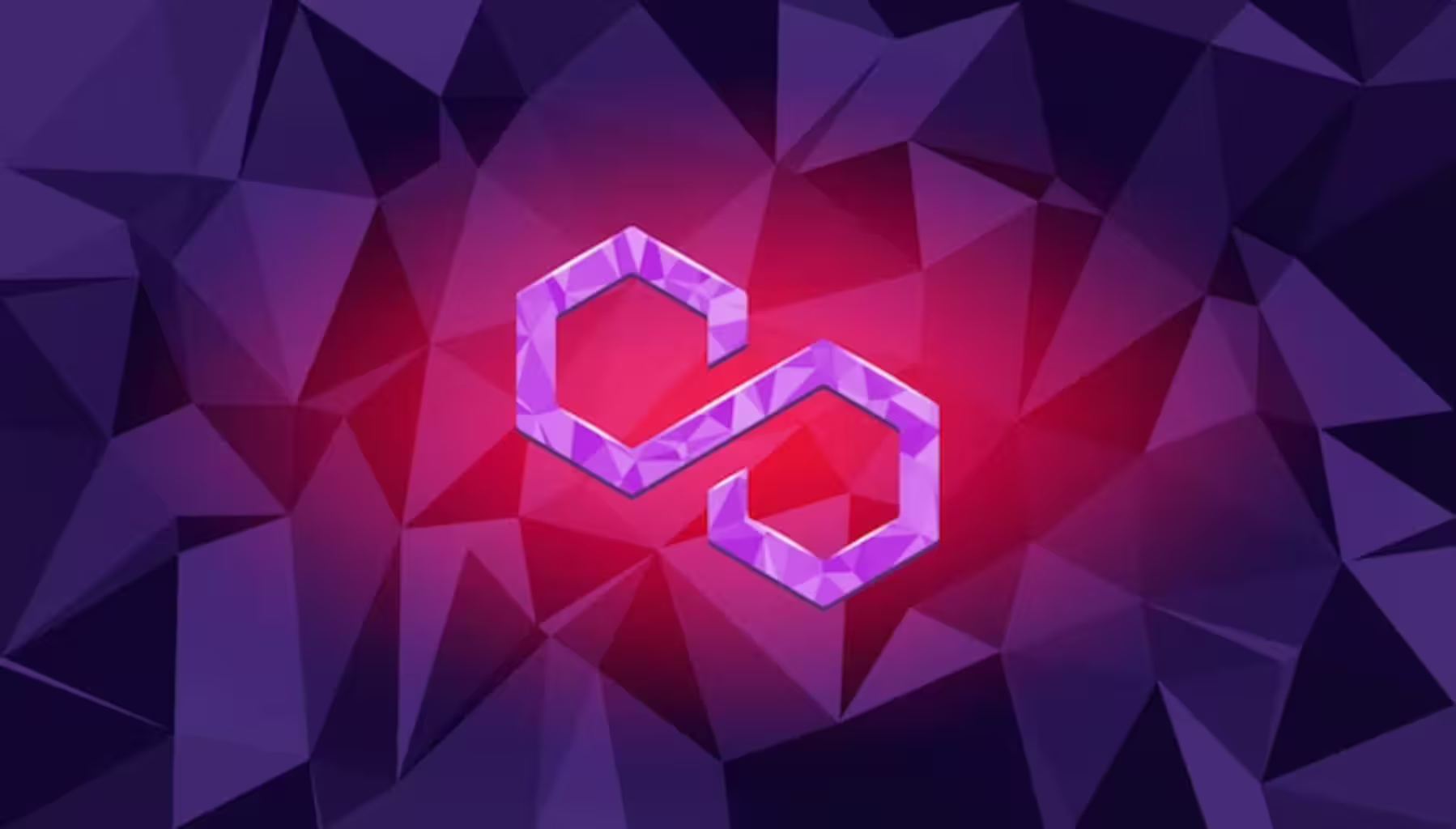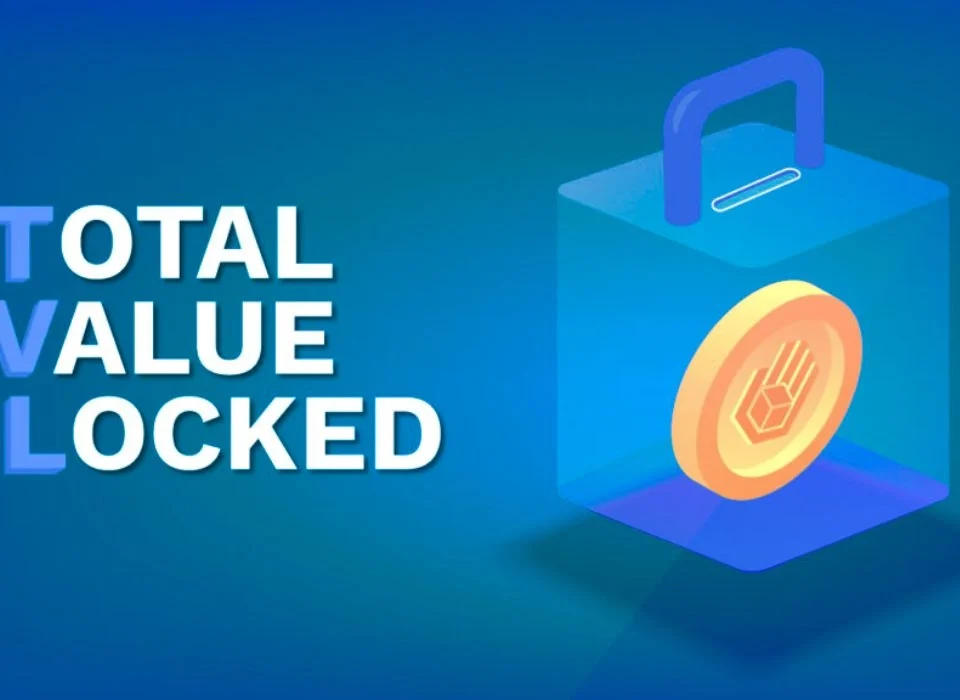
Michael Saylor: Bitcoin’s Success and Future Outlook
28/05/2024
Unlock the Power of the Ethereum Blockchain with MetaMask Wallet: Your Gateway to DeFi, NFTs, and More
29/05/2024Exploring Polygon (MATIC): Understanding Its Role in Cryptocurrency and Analyzing Its Future Potential
The cryptocurrency landscape is continually evolving, with new technologies and platforms emerging to solve the various challenges associated with blockchain networks. One such platform that has gained significant attention and adoption is Polygon (MATIC). Known for its scalability solutions for Ethereum, Polygon aims to create a multi-chain ecosystem of Ethereum-compatible blockchains. This article will delve into what Polygon is, explore its role and significance in the cryptocurrency ecosystem, and analyze its potential future.

Understanding Polygon (MATIC)
Polygon, formerly known as Matic Network, is a Layer 2 scaling solution designed to improve the scalability, speed, and efficiency of the Ethereum blockchain. It provides a framework for building and connecting Ethereum-compatible blockchain networks. Polygon aims to transform Ethereum into a full-fledged multi-chain system, akin to Polkadot, Cosmos, or Avalanche, but with the advantages of Ethereum’s security, vibrant ecosystem, and openness.
Polygon uses its native cryptocurrency, MATIC, for network governance, staking, and paying transaction fees. The platform was co-founded by Jaynti Kanani, Sandeep Nailwal, and Anurag Arjun in 2017.
Unique Features of Polygon
- Layer 2 Scaling: Polygon primarily functions as a Layer 2 scaling solution for Ethereum. This means it operates on top of the Ethereum blockchain, handling transactions off-chain before settling them on the main chain. This significantly reduces congestion and improves transaction speeds and costs.
- Interoperability: Polygon supports the creation of multiple blockchain networks that can interact seamlessly with each other and with the Ethereum main chain. This interoperability is crucial for creating a robust and versatile ecosystem of decentralized applications (dApps).
- Security: Polygon’s architecture ensures that all transactions are secured by the Ethereum blockchain, benefiting from its decentralized security model. This makes Polygon a reliable and secure option for developers and users.
- Developer-Friendly: Polygon provides developers with a suite of tools and SDKs (Software Development Kits) to easily create and deploy their own Ethereum-compatible blockchains. This includes support for popular programming languages like Solidity and compatibility with Ethereum’s existing development tools.
- Low Transaction Costs: By processing transactions off-chain, Polygon significantly reduces transaction costs compared to the Ethereum main chain. This makes it an attractive platform for dApps that require high throughput and low fees.
How Polygon Works
Polygon’s architecture consists of several key components that work together to provide a scalable and interoperable solution for Ethereum:
- Polygon SDK: The Polygon SDK is a modular and flexible framework that supports the creation of multiple types of applications. It allows developers to build standalone chains and secure chains (Layer 2 chains) that can communicate with Ethereum and each other.
- Plasma Chains: Plasma is a Layer 2 scaling solution that allows for the creation of child chains anchored to the Ethereum main chain. These child chains can process transactions independently and periodically commit the results to the main chain, improving scalability and reducing costs.
- Proof of Stake (PoS) Chain: Polygon’s PoS chain is a sidechain running parallel to the Ethereum main chain, using a PoS consensus mechanism to secure transactions. Validators on the PoS chain stake MATIC tokens to validate transactions and secure the network.
- ZK-Rollups and Optimistic Rollups: Polygon also supports advanced Layer 2 scaling solutions like ZK-Rollups and Optimistic Rollups. These technologies bundle multiple transactions into a single batch, which is then processed and settled on the Ethereum main chain, further enhancing scalability and reducing costs.
Polygon’s Place in the Cryptocurrency Market
Since its rebranding from Matic Network to Polygon in 2021, the platform has seen significant growth and adoption. Here are some key aspects of Polygon’s market presence:
- Market Capitalization and Adoption: Polygon consistently ranks among the top cryptocurrencies by market capitalization. Its solutions for Ethereum scalability have attracted a wide range of projects, including DeFi protocols, NFT platforms, and gaming applications.
- Ecosystem Growth: The Polygon ecosystem is rapidly expanding, with numerous projects and partnerships being developed. Prominent DeFi platforms like Aave, SushiSwap, and Curve Finance have integrated with Polygon to leverage its scalability and low transaction costs.
- Institutional Support: Polygon has garnered significant support from institutional investors and venture capital firms. Notable backers include Mark Cuban, who has publicly endorsed and invested in the platform. This institutional support has provided Polygon with the resources and credibility needed to continue its growth and development.
- Community Engagement: Polygon has a vibrant and active community of developers, enthusiasts, and users. This community plays a crucial role in the platform’s growth, contributing to development, providing feedback, and promoting Polygon to a wider audience.
Exploring Polygon’s Technology and Innovations
- DeFi Applications Polygon has become a leading platform for DeFi applications due to its high performance and low transaction costs. DeFi platforms built on Polygon offer a range of financial services, including decentralized exchanges (DEXs), lending and borrowing protocols, and stablecoins.
- Aave: A leading DeFi lending platform, Aave has integrated with Polygon to provide users with fast and low-cost lending and borrowing services.
- SushiSwap: A popular DEX, SushiSwap offers its full suite of DeFi services on Polygon, including trading, yield farming, and staking.
- Curve Finance: Known for its efficient stablecoin trading, Curve Finance has deployed its protocol on Polygon to take advantage of lower fees and faster transactions.
- NFT Marketplaces Polygon has also become a popular platform for NFT marketplaces, offering artists and creators a fast and cost-effective way to mint, buy, and sell NFTs.
- OpenSea: The largest NFT marketplace, OpenSea, supports Polygon, allowing users to trade NFTs with minimal fees.
- Decentraland: A virtual world where users can buy, sell, and develop virtual real estate, Decentraland has integrated with Polygon to enhance its user experience.
- Gaming and Metaverse Polygon’s high performance and low costs make it an ideal platform for blockchain-based gaming and metaverse projects. These projects leverage Polygon’s capabilities to provide immersive and interactive experiences for users.
- Polygon Studios: Polygon has launched Polygon Studios to focus on growing its gaming and NFT ecosystem. This initiative aims to attract developers and projects to build on Polygon.
- Sandbox: A decentralized virtual gaming world, Sandbox has partnered with Polygon to offer faster and cheaper transactions for its users.
Analyzing the Future of Polygon (MATIC)
The future of Polygon looks promising, given its technological advantages, growing ecosystem, and strong market position. Here are some factors that could influence Polygon’s future trajectory:
- Technological Advancements: Polygon’s continuous development and technological innovations will play a crucial role in its future success. This includes further improvements to its scalability, security, and developer tools, as well as the introduction of new features and protocols.
- Ecosystem Expansion: The growth of the Polygon ecosystem will be a significant driver of its future success. As more projects and developers join the network, Polygon’s value proposition will become more compelling, attracting further adoption and investment.
- Institutional Adoption: Increased institutional adoption of Polygon will be critical to its long-term success. This includes partnerships with traditional financial institutions, enterprises, and other blockchain platforms that can leverage Polygon’s technology for their own use cases.
- Regulatory Environment: The regulatory landscape for cryptocurrencies is constantly evolving. Polygon’s ability to navigate and comply with regulatory requirements will be essential to its long-term success and stability.
- Market Adoption: Polygon’s ability to achieve widespread adoption among users, developers, and enterprises will determine its future position in the market. Continued marketing efforts, community engagement, and strategic partnerships will be essential in driving this adoption.
- Competitive Landscape: Polygon operates in a highly competitive environment, with other Layer 2 solutions like Optimism, Arbitrum, and zkSync also vying for market share. Polygon’s ability to differentiate itself and demonstrate its unique value will be crucial in maintaining and growing its market position.
Getting Started with Polygon
If you’re interested in participating in the Polygon ecosystem, here’s how you can get started:
- Acquiring MATIC: To participate in the Polygon network, you need to acquire its native cryptocurrency, MATIC. MATIC can be purchased on various cryptocurrency exchanges such as Binance, Coinbase, Kraken, and others.
- Storing MATIC: Once you have acquired MATIC, it’s essential to store it securely. Polygon supports several wallets, including hardware wallets (Ledger, Trezor), software wallets (MetaMask, Trust Wallet), and exchange wallets.
- Staking MATIC: Polygon uses a PoS consensus mechanism, allowing MATIC holders to stake their tokens to support network security and earn rewards. You can stake your MATIC by becoming a validator or delegating your tokens to a validator. Staking rewards are distributed regularly, providing a passive income stream.
- Developing on Polygon: If you’re a developer, you can build and deploy dApps on the Polygon network. Polygon offers a range of tools and resources for developers, including the Polygon SDK, which supports multiple programming languages and frameworks.
- Participating in the Ecosystem: Engage with the various projects and platforms being developed on Polygon. This includes DeFi protocols, NFT marketplaces, and gaming applications. By participating in these projects, you can contribute to the growth of the Polygon ecosystem.
- Joining the Community: Engage with the Polygon community to stay updated on the latest developments, network with other enthusiasts, and participate in discussions. You can engage with the community through forums, social media, and events.
Conclusion
Polygon (MATIC) stands out as a high-performance Layer 2 scaling solution that addresses some of the most pressing challenges in the cryptocurrency space, such as scalability, transaction costs, and developer experience. Its unique features, innovative architecture, and strong market position have positioned it as a leading player in the blockchain ecosystem. As Polygon continues to develop and expand, its future looks bright, with numerous opportunities for growth and adoption.
By understanding what Polygon is, exploring its technology and use cases, and analyzing its future prospects, investors, developers, and enthusiasts can better appreciate the value and opportunities that Polygon offers. Whether you’re looking to invest in MATIC, build on the Polygon network, or simply stay informed about the latest trends in cryptocurrency, Polygon represents a significant and promising advancement in the world of decentralized technology.
Links:



